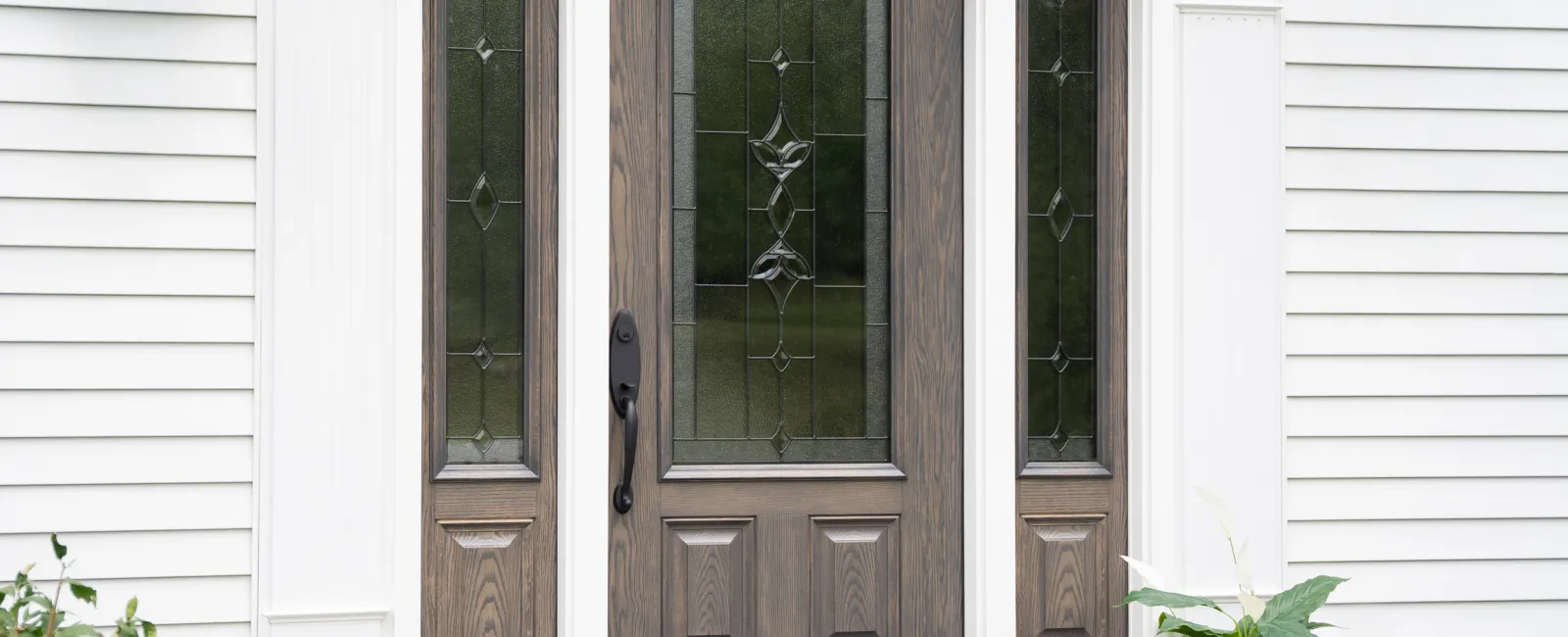When building a home or performing renovations to an existing property, interior and exterior doors are a common feature that may be replaced or upgraded. Before you make these changes to your home, enlist the help of a local specialist to understand the size of the door you're looking to install or replace, as well as the size of the rough opening where the door will be installed.
Today, both interior and exterior doors come in one of several standard door sizes. But because there are a number of different door sizes, as well as different types of door thickness to choose from, it's important to choose doors carefully and make sure your measurements are right before you purchase, prep and install one of these doors.
In the Southeast, especially in Georgia and Tennessee, door sizes often vary due to the mix of architectural styles and the age of many homes. Whether you are replacing a door or improving energy efficiency, accurate measurements are essential. This guide explains standard doorway width sizes, how to measure a doorway correctly, and when professional installation may be necessary, helping ensure a proper fit that improves comfort, security, and performance.
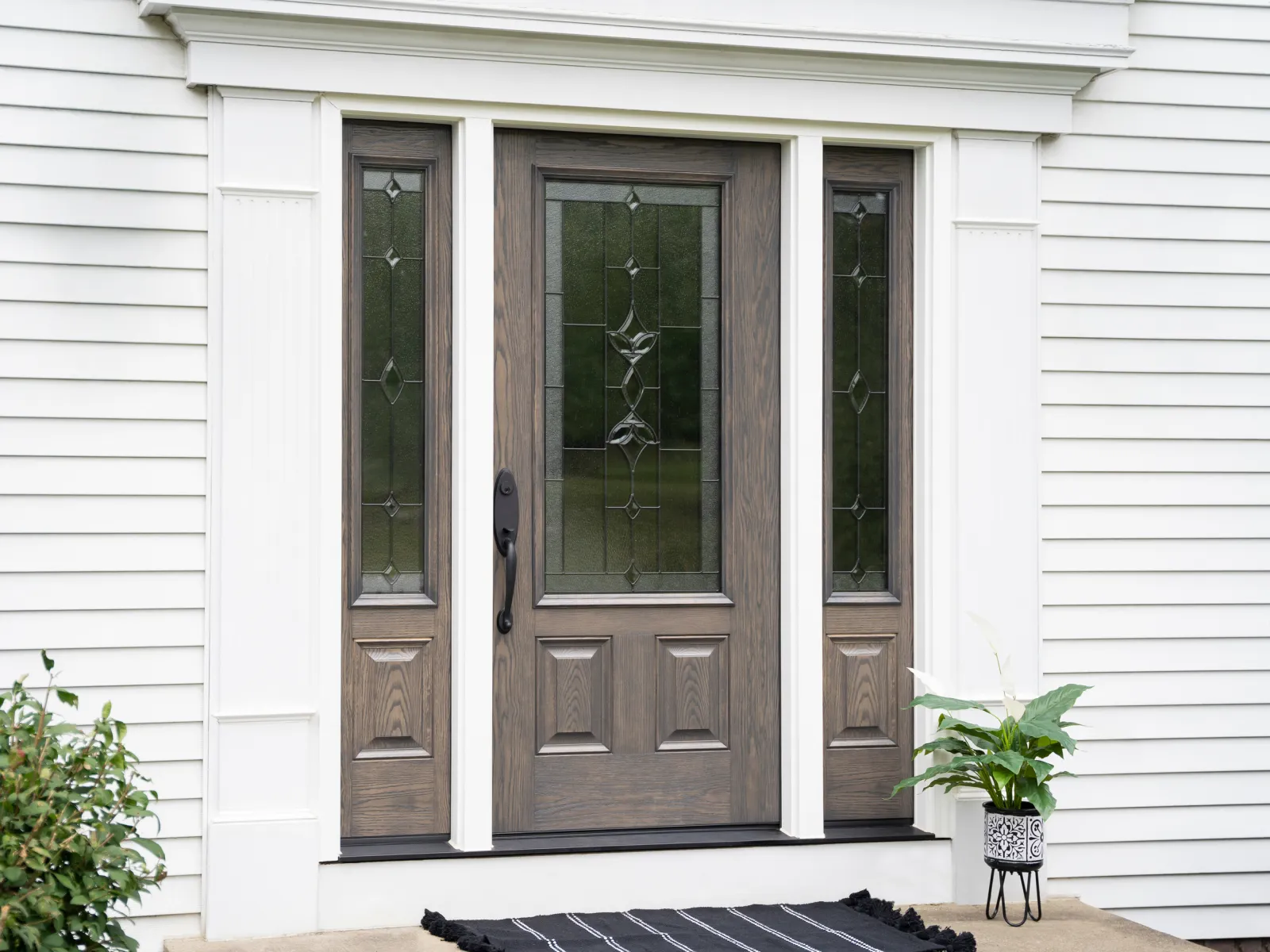
Standard Door Dimensions: How Tall is a Door?
Standard door height is a fairly easy metric to understand. The average interior and exterior door is 80 inches or six feet, eight inches tall.
While some doors may be taller than this—especially when the door is placed on the exterior of a home—these oversized door sizes may need to be custom-made. Additionally, you may find some interior doors, particularly in older homes, where the door height is lower than eighty inches. This is most likely to be found in basements or upper floors where a low ceiling makes it impossible to fit a standard door.
In cases where your desired door is slightly taller or shorter than 80 inches, you have two options to find the right fit. The first is purchasing an oversized door that fits this non-standard rough opening. Alternatively, slightly smaller door openings can be accommodated by an expert by cutting down the size of a standard 80-inch door. One common instance where you might need to trim the door's height is in a room where carpet has been added, reducing the overall dimensions of the rough opening.
What About Door Thickness?
Height and width aren't the only metrics to consider when replacing or installing doors. You also need to choose the right thickness for your door. For interior doors, the standard thickness is 1 3/8 inches, although some doors may be thicker than this. Exterior doors tend to have added thickness to improve security and insulation: you're likely to find exterior doors with a thickness of 1 3/4 inches.
As you shop for doors, pay attention to their thickness and the benefits and drawbacks of a thinner vs. thicker door. Thickness adds soundproofing in interior doors, but it can also be heavier and harder to open and close. If you're choosing doors to fit to an existing frame, you will want to match the new door's thickness to the old one to make sure it properly fits in the frame.
Common Measurement Mistakes Homeowners Make
Measuring your doorway might seem straightforward, but knowing how to measure a doorway isn't simple. Here are common errors that can lead to poorly fitting doors:
- Focusing Only on the Door Slab: Many homeowners measure just the door slab, missing the rough opening. This can lead to a door that doesn't sit right in its frame. Always include the entire opening, frame and all, for the best fit.
- Overlooking Settling in Older Homes: In areas like North Georgia and Metro Atlanta, older homes often experience settling, resulting in shifts in door alignment. This can create variations of up to half an inch, which can impact the fit. Be sure to account for any settling when measuring to avoid issues later.
- Using Inadequate Tools: Accurate measurements need the right tools. A tape measure and level are crucial for precision and ensuring the door hangs correctly. Without these, you risk an uneven fit that affects both look and function.
Deciding when to measure yourself and when to call in a professional can save you time and hassle. If your project is straightforward and you're confident in your ability to ascertain custom or standard doorway widths, DIY might be a viable option. But for complex installations or if you're unsure, consider consulting with NG Windows. Our expertise ensures a perfect fit and helps avoid costly errors.
How Wide is a Door in a Typical Home?
When it comes to average door width, you can expect a lot more variance in the size of your doors. Typically, the standard exterior door is 36 inches wide, while the standard interior door size is 32 inches wide. But these common door widths are far from the rule.
While you're likely to see less variance in the width of an exterior door—unless your home features double-doors that combine two smaller doors to make a larger opening—some interior doors may feature smaller widths. While 32 inches is typically the minimum width required for a door that serves as a passage from one room to the next, other types of doors found in your home—such as doors for utility access and closets—may feature doors that range from 24 to 30 inches wide.
Additionally, homes built to Americans with Disabilities Act (ADA) specifications will need all doorways to feature oversized, 36-inch doorways. Before you go door shopping, you should always measure the width of these doors to make sure you understand the width you're looking for.
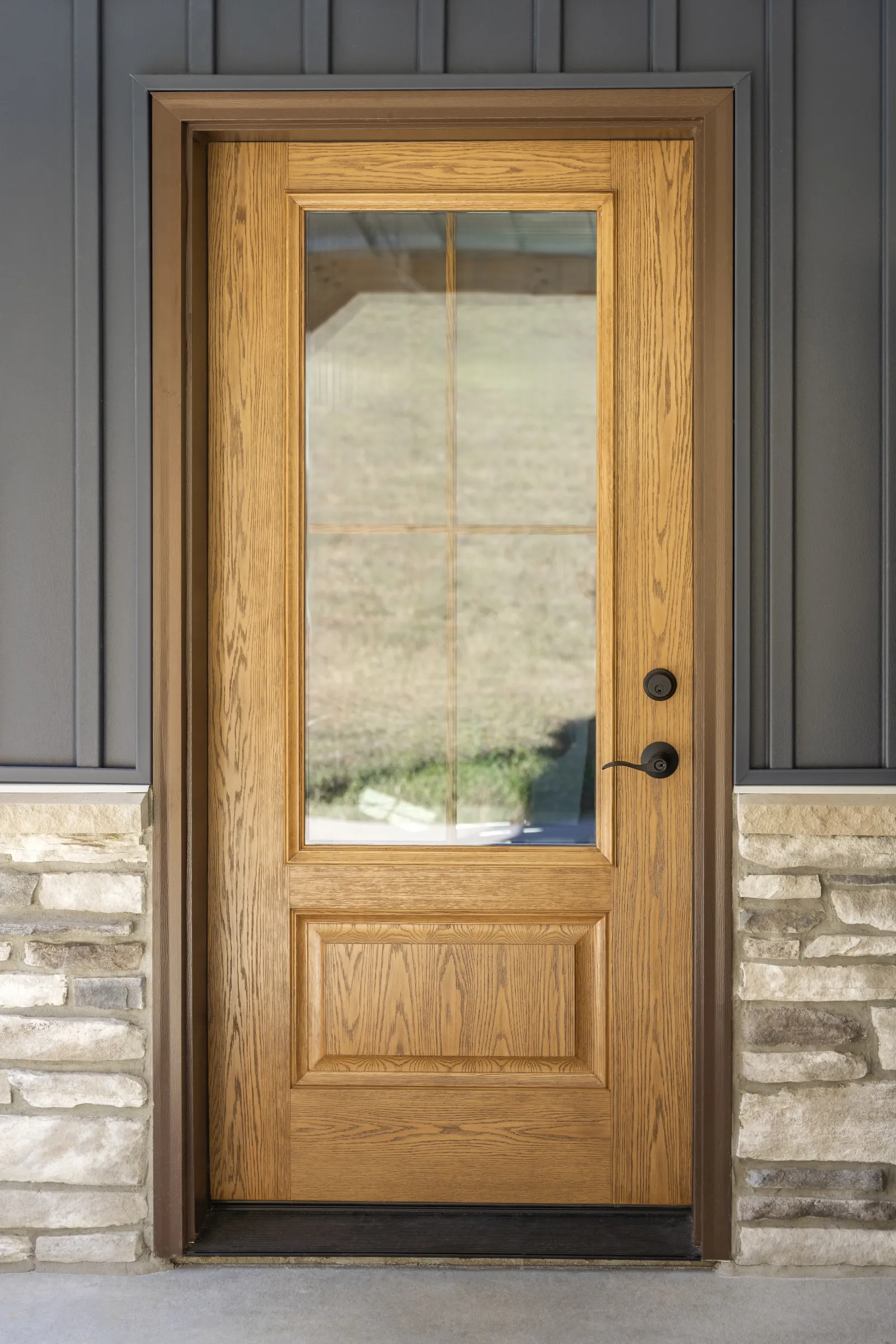
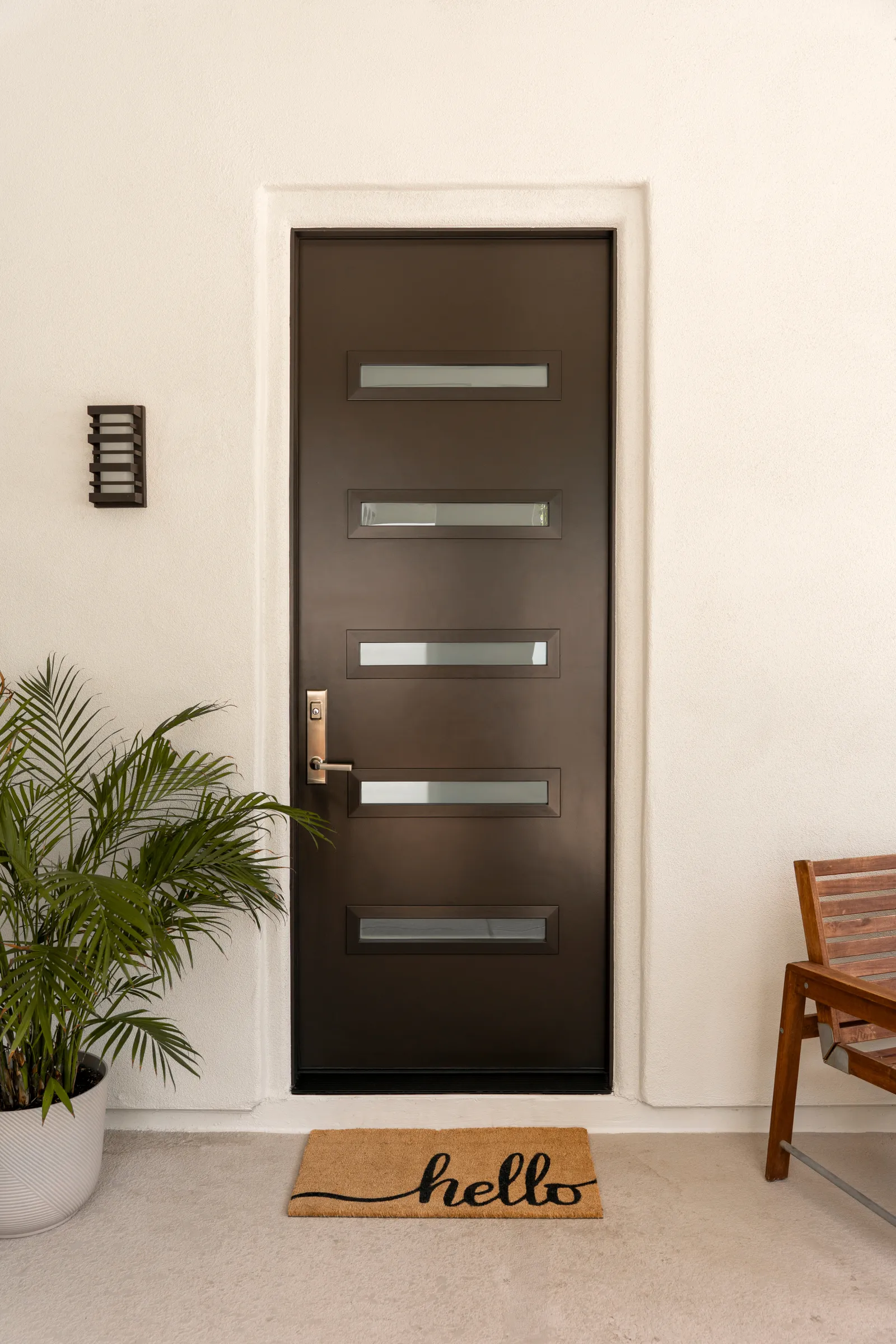
Comparing Standard Door Size to Rough Opening Size
How wide is a door compared to the door's opening? What about the height of the opening vs. the height of the door? If you try to purchase and install a door that perfectly matches the dimensions of the door opening itself, you're going to find yourself in a world of trouble.
When looking to replace interior and exterior doors, it's important to know the difference between the size of the door itself and the rough opening for the door and its frame. If you're looking to replace a door while keeping the existing frame, the measurements of the door itself—and the opening inside the frame—is all you need to consider, although bear in mind that adding a new door to an old frame can lead to issues regarding fit and is not recommended.
If you're replacing the door and frame, you need a rough opening that can accommodate both. Typically, the required rough opening for a given door and its frame can be calculated by adding one inch to the width of the frame, and .5 inch to its height. If you measure your current rough opening and it isn't large enough to accommodate this size, you may need to expand the rough-in opening to properly fit a standard door and frame.
Why Door Fit Matters for Comfort, Security, & Energy Efficiency
The way your door fits plays a major role in your home's comfort, security, and energy efficiency, especially in Georgia's diverse climate. A poorly sealed door allows air leaks that force your HVAC system to work harder to maintain indoor temperatures, leading to higher energy costs over time.
Improper door fit can also affect home security. Gaps can weaken the door's integrity, making it easier for intruders to break in. Even small gaps can let in warm air, insects, and moisture, which may lead to long-term discomfort or damage.
Professionally installed fiberglass entry doors from NG Windows are designed to create a tight seal and perform well in Georgia's humidity and temperature fluctuations, providing durability and peace of mind. Fiberglass doors offer durability, improved insulation, and increased resistance to warping compared to traditional materials.
Choosing professional installation ensures the door is properly fitted to the opening, helping maximize comfort, security, and energy efficiency while reducing the risk of future issues.
Regional Door Trends & Design Upgrades
Georgia homes often showcase a mix of traditional southern charm and modern design elements. This blend is evident in the door styles favored by homeowners. Classic southern homes might feature grand double doors or tall entryways, reflecting timeless elegance. In contrast, modern renovations often feature sleek French-style patio doors that flood interiors with natural light, offering a contemporary look.
Customization plays an important role in matching doors to both architectural style and performance needs. NG Windows offers a range of options to suit various architectural styles and personal preferences. Our fiberglass doors, for example, replicate the look of woodgrain while offering greater durability and lower maintenance. These doors are available in multiple finishes and are crafted with energy-efficient cores, combining style with practicality.
A popular choice among Georgia homeowners is the standard doorway width of 36 inches for a front door. This size enhances curb appeal and accessibility, making it a smart choice for families planning for the future. Selecting door styles and sizes that combine traditional design with modern efficiency allows homeowners to improve both the appearance and functionality of their homes.
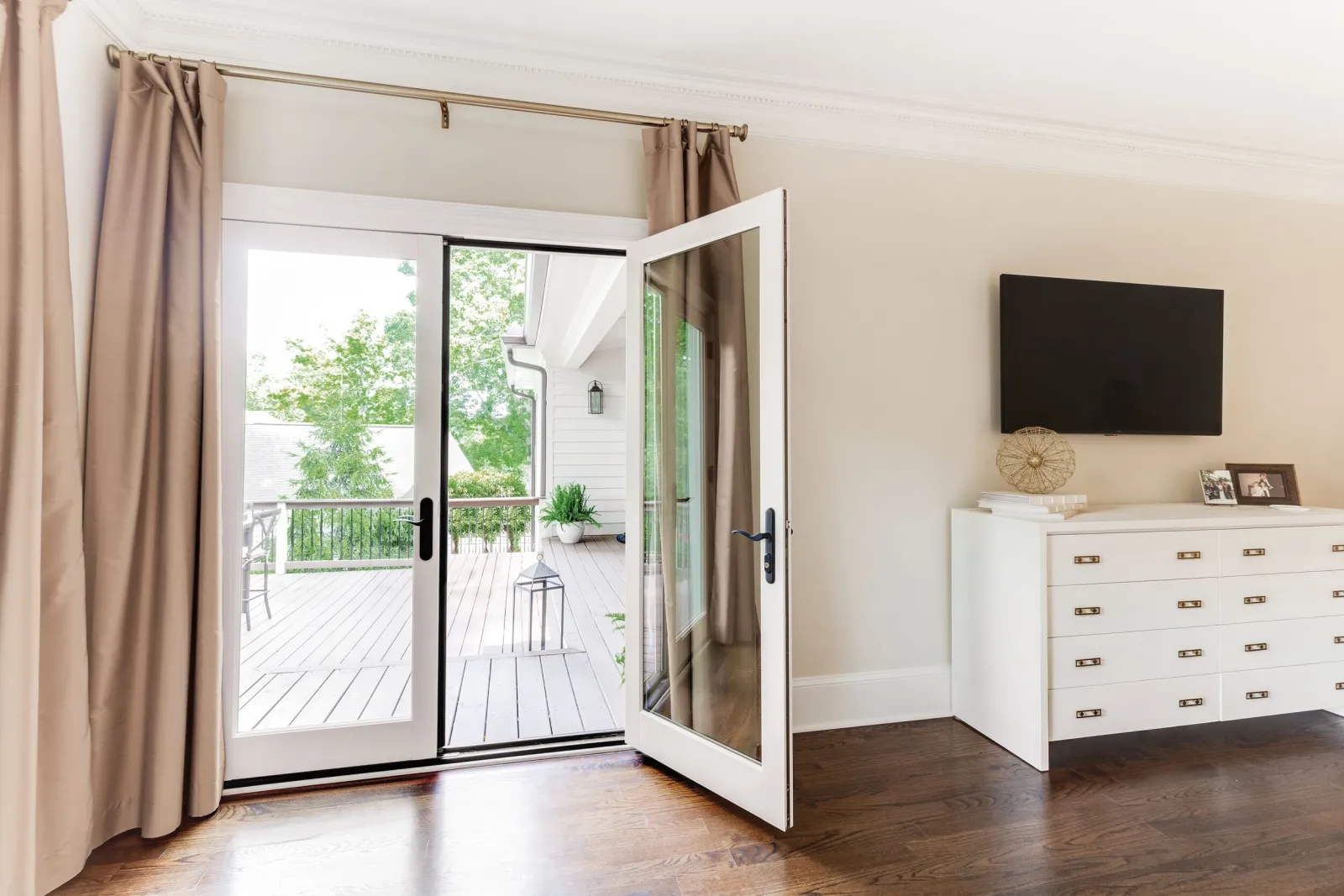
When to Replace Instead of Resize
If a door does not fit properly, resizing the frame or trimming the door may seem like a simple solution. However, these adjustments can compromise structural integrity and may void the manufacturer's warranty. A better long-term option is a custom-fit fiberglass door, which provides a precise fit for improved energy efficiency, comfort, and durability. Professional installation ensures the door performs as intended, and NG Windows' experts specialize in accurate placement to maximize both security and longevity.
Get Your Measurements Right With Professional Door Measuring From NG Windows
If you're looking to replace an exterior door at your home, trust NG Windows to professionally replace your current door with a high-quality fiberglass or steel door. Contact us today to request a proposal or visit our Alpharetta showroom!

